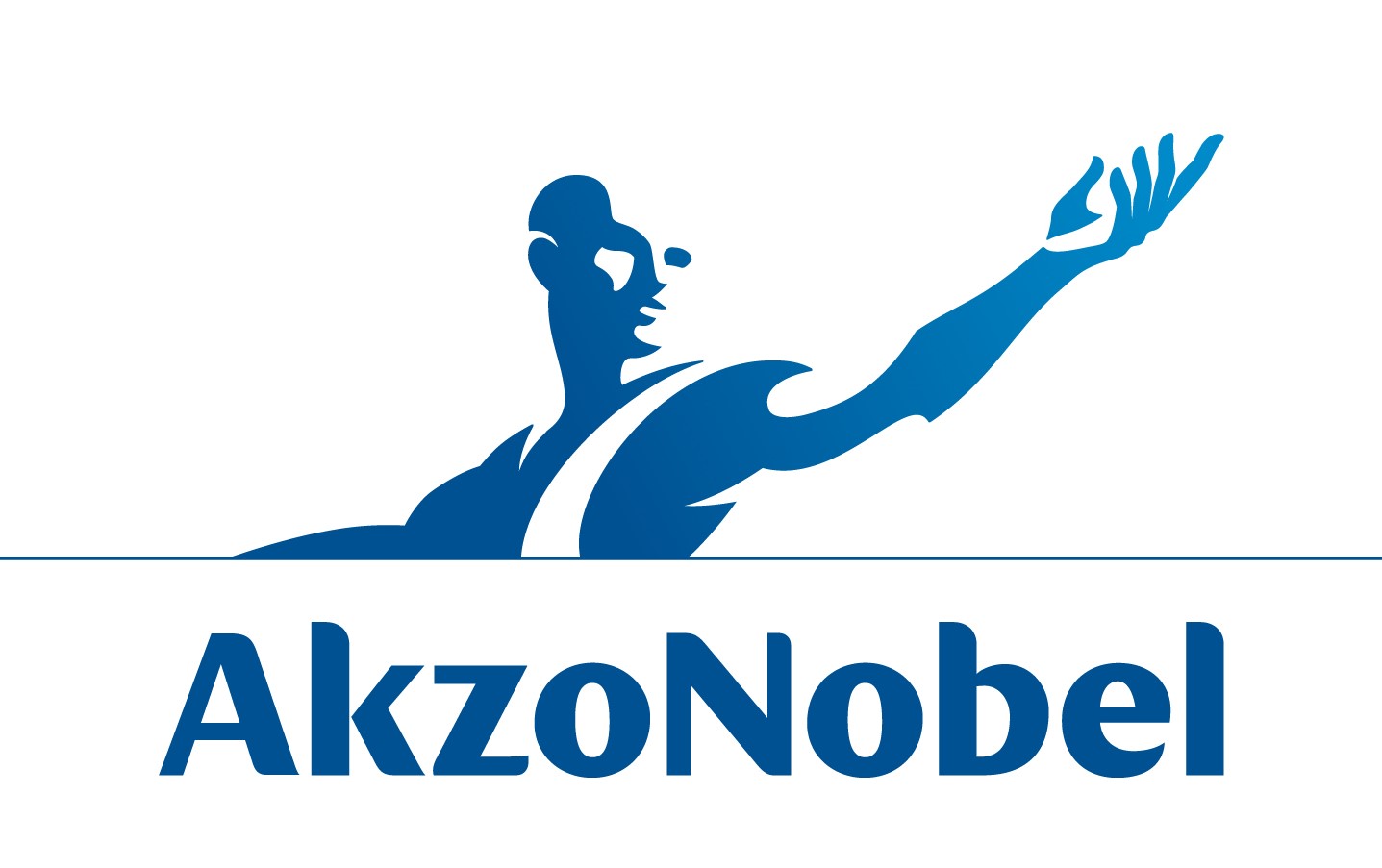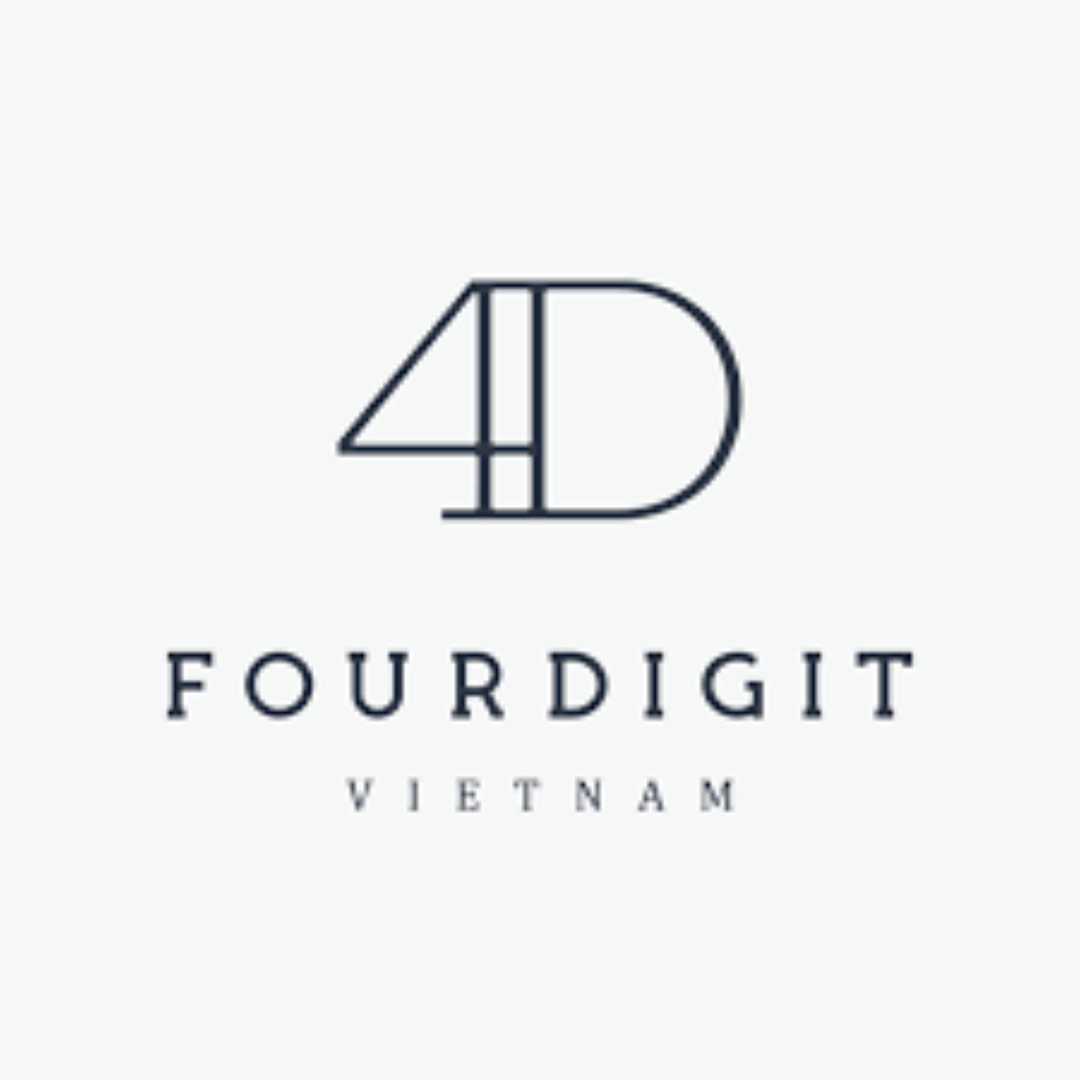100+ The opportunity to introduce the job of the Category Product Manager
1. Job Aniday
2. Job Aniday
Hiring High-Paying Product Manager Roles | Aniday
1. What is product management?
Product management is an organizational role that focuses on what customers want to lead teams through a product's lifecycle, from the ideation stage to deployment. The product manager always stands on the side of the product, but they also research the market, analyze the competition, and bring new ideas for development.
The product manager position is flexible and constantly evolving due to the unique nature of each different product. Researching and developing new products is just one part of product management for a business. Others may see it as rebranding and repositioning outdated products. Product management, regardless of the case, always relates to providing quality throughout the product's lifecycle.
Product management sits at the intersection of technology, business, strategic planning, and ensuring user experience. Therefore, building good relationships with functional teams is necessary for planning and supporting project development.
Previously, product management was part of the marketing or engineering team, but in recent years IT companies have started to recognize the value of dedicating individual personnel to this task. Within a company, there is usually a product manager assigned to each product or service.
![Product Manager-001]() 2. What is the product roadmap?
2. What is the product roadmap?
A visual overview showing the development process and vision of a product over time is called a product roadmap. The product roadmap explains the reasoning and purpose behind the work that the project is currently undertaking. A product roadmap is a plan to execute the product strategy and serves as a guiding strategic document.
The product roadmap is owned by the product manager. As a Product Manager, they lead collecting user data, and feedback, transforming and arranging these resources into features, and ultimately creating the product roadmap. They will provide the product roadmap and any updates to stakeholders once it completed.
The product roadmap contains the following end goals:
- Describe the plan and vision.
- Provide documentation guiding plan execution.
- Synchronize information and work processes between related internal parties
- Encourage planning discussions and alternative scenario planning.
- Facilitate smooth communication with external partners such as customers.

3. What do product managers do?
Product Managers are experts in identifying strategies, plans, features, and success levels of products. With the main goal of ensuring products are successfully launched and operate effectively in the market, they assist in goal setting and inspiring the product team, including engineers, designers, marketing specialists, and researchers.
Product Managers understand consumer trends and behaviors that businesses can influence on organizations or their products. A Product Manager's job description through the following phases:
Phase 1: Research and Strategic Planning
In this phase, the Product Manager plays a key role in identifying the vision, business model, and product strategy.
Specifically, they will conduct market research, evaluate competitors, and understand customer needs and trends to define the product direction accurately. Then they identify priority features for development and convince stakeholders through activity plans.
Depending on the organizational model, this plan may be approved by senior leadership or delegated decision-making to the engineering team. Simultaneously, Product Managers also build performance measurement indicators such as goals, key results, and KPIs to monitor progress and evaluate product success.
Phase 2: Product Design
The product manager does not participate in designing interfaces and user experience (UX / UI), but focuses on defining product characteristics and technical requirements, ensuring the developed features meet the needs of multiple stakeholders in an uncomplicated process without wasting resources or slowing down project timelines.
Depending on the business model, the Product Manager’s role in the team may vary. In some cases, teams work complementarily, and the Product Manager primarily plays a monitoring and reminding role to keep the project on track. Besides, they must draft detailed functional descriptions and ensure consistency between technical requirements in some companies.
Phase 3: Product Development
In this phase, Product Managers have two essential tasks accelerating the development team's pace and testing the product. When transitioning from ideas to implementation, issues such as prolonged processes, technical errors, etc. often arise. Therefore, Product Managers need to adjust priority goals and flexibly coordinate resources as needed to suit the actual situation.
Phase 4: Product Monitoring and Evaluation
Finally, Product Managers need to monitor and analyze performance indicators to evaluate the effectiveness of the entire product development process. This includes tracking usage metrics, revenue, consumer feedback, and quality assessments. Based on this analysis, Product Managers can propose adjustment and optimization plans to maximize the product.
Product Managers also analyze and evaluate competitors and understand market trends and customers' needs. Based on this, Product Managers will decide on future product development plans.
4. What are the differences between a Product Manager and a Project Manager?
The key contrasts between these two roles are:
-
Product Manager: Is considered the leader in the product development process, responsible for the product's success throughout its lifecycle. They propose development directions and features suitable for the product based on market research and customer needs. Product Managers lead design, and engineering teams to develop high-quality products that meet user needs and achieve sales targets.
-
Project Manager: Ensures projects run smoothly, on schedule, and meet set requirements. Specifically, the Project Manager's role is to break large projects into specific work/implementation steps to carry out and monitor the implementation process until project completion.
To illustrate the clear distinction in roles between Product Manager and Project Manager, imagine the company is on a trip together.
In this case, the product manager would be likened to the person who recommends the location and convinces others that it is the best option. The project manager is also responsible for looking over the map, making sure the group's fuel, baggage, and necessary equipment are all in order, finding detours around crowded areas, and getting in touch with prearranged destinations to make sure there are no last-minute surprises.
5. What are the important skills of a Product Manager?
Product Managers need to have in-depth knowledge of market trends and possess keen intuition about what could improve a product or service or make it more suitable for a certain consumer base. Developing the following core skills helps facilitate their career if they are interested in the Product Manager position:
-
Communication skills: helps them work with leadership, product teams, and stakeholders within the business. This also allows them to gather input from the product market and provide relevant information and vision to the most suitable audiences.
-
Prioritizing and implementing ideas: strategic thinking is required for ideas that could potentially have the greatest impact on the business or brand.
-
Strong management skills: promoting optimal performance of individuals and teams.
-
Technical expertise: understanding the process of creating products/services.
-
User empathy: supporting identifying and evaluating issues users encounter when using the product.
-
Project management: ensuring engineers, designers, marketers, and stakeholders agree on the product vision and rapidly and scientifically implement it.
-
UX: not necessarily a UX expert but basic knowledge helps better meet user needs. Refining experiences and design reduces negative feedback after launch.
-
Agile and Scrum methods: focusing on collaboration, fast and flexible development cycles. This approach is important in today's digital environment as it explicates work, iteration, and timely feedback.






 2. What is the product roadmap?
2. What is the product roadmap?